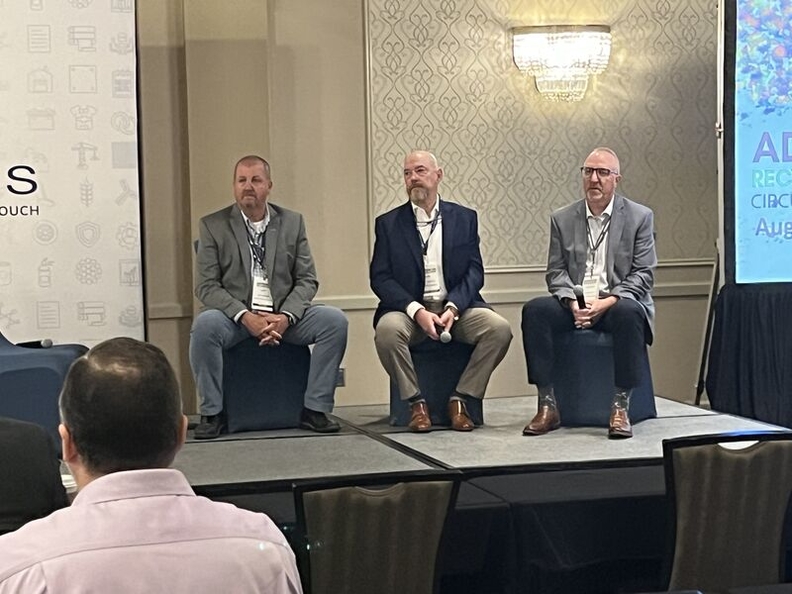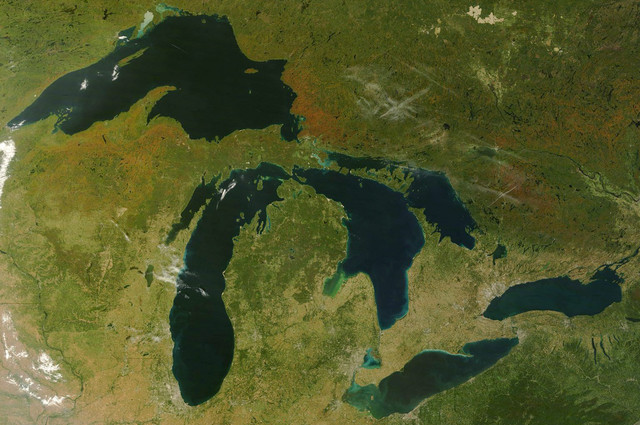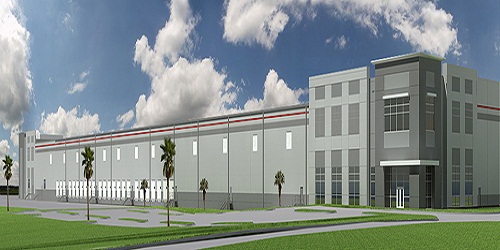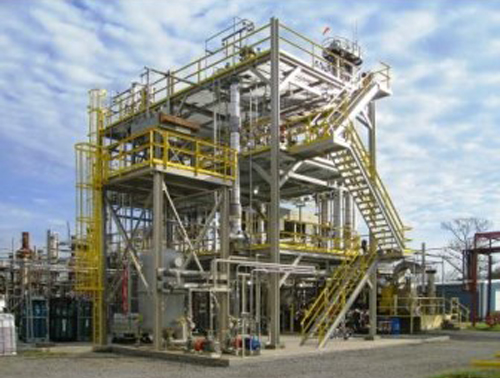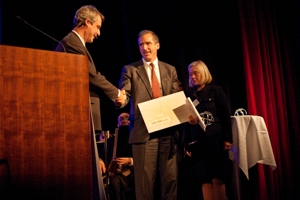Cuyahoga Falls, Ohio — Companies across the value chain are working together to expand the value of material recovery facilities (MRFs) in the recycling market.
Executives with consumer products giant Procter & Gamble Co., waste processing firm Rumpke Waste & Recycling and materials supplier Eastman Chemical Co. provided recycling updates Aug. 27 at the Advanced Recycling Summit in Cuyahoga Falls.
Rumpke acquired its first recycling site in Circleville, Ohio, in 1989 and in the next four years built sites of its own in Cincinnati and Columbus, according to Jeff Snyder, the firm’s senior vice president of recycling and sustainability. Rumpke now operates 14 recycling centers.
“Demand for [post-consumer recycled] material remains high,” Snyder said. “If you had told me a few years ago that we’d be sorting number 5 [polypropylene] tubs, I would have laughed, but now there’s demand.”
Rumpke is moving into the recycling of PET thermoforms with help from Kingsport, Tenn.-based Eastman. In Columbus, Rumpke recently opened a 226,000-square-foot recycling center that can process 60 tons of material per hour while achieving a 98 percent recycled rate. The new plant has 19 optical scanners and can process more than 500 million pounds of residential waste per year, as well as almost 18 million pounds of commercial waste.
Rumpke is based in Colerain Township, Ohio, near Cincinnati. The firm is one of the largest privately owned residential and commercial waste and recycling firms in the U.S., serving parts of Ohio, Kentucky, Indiana, West Virginia and Illinois.
Earlier this year, Rumpke and Eastman signed a plastic waste feedstock agreement under which Rumpke will collect and sort hard-to-recycle and colored PET packaging waste for Eastman’s new depolymerization recycling plant in Kingsport. That plant will have annual processing capacity of more than 220 million pounds per year.
At Cincinnati-based P&G, researchers have developed shampoo bottles that “look good and are recyclable,” according to group scientist Mark Agerton.
“We don’t want to pollute, so we’re trying to get our material back into our bottles,” he said. “Our intent is to close the loop completely, so we need to know what contaminants are in the used bottles.”
When sourcing material from MRFs, it’s essential to develop an end market first, according to Snyder.
“You can’t sort the material unless you have somewhere to sell it,” he said. Rumpke is the first MRF operator that’s had a relationship with Eastman.
MRFs “will be essential” to transition into advanced recycling, said Chris Layton, specialty plastic sustainability director at Eastman. “They’re the best place to generate the material we need. Our technology gives us the potential to create circularity for material that today doesn’t have end-of-life options.”
Source: sustainableplastics.com

